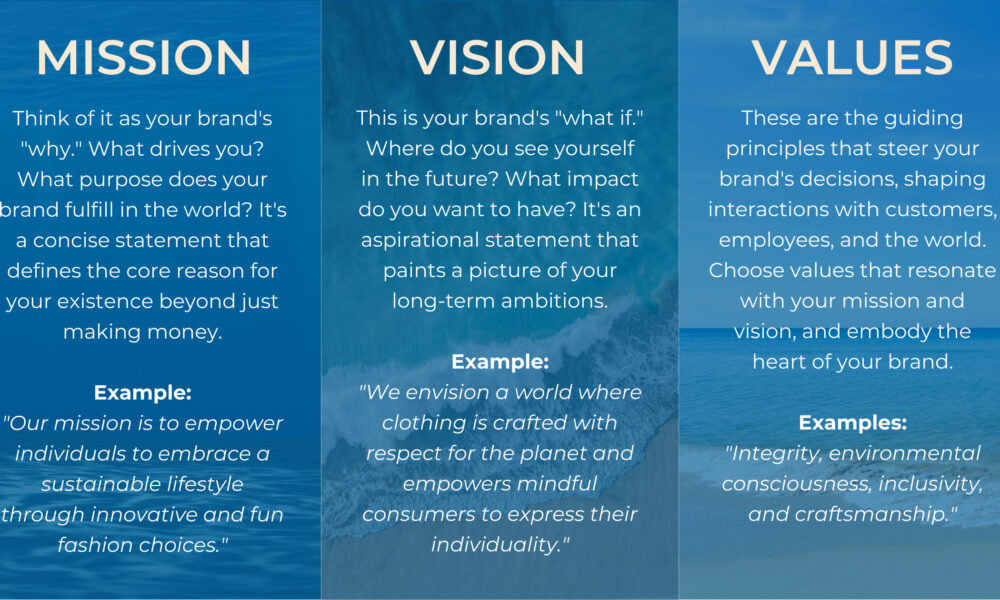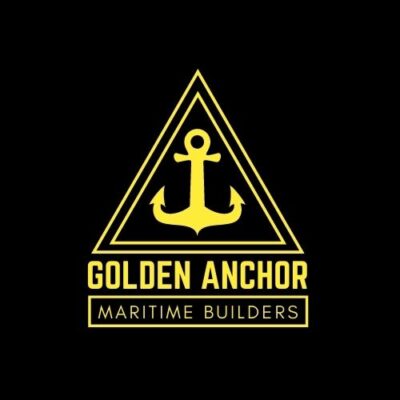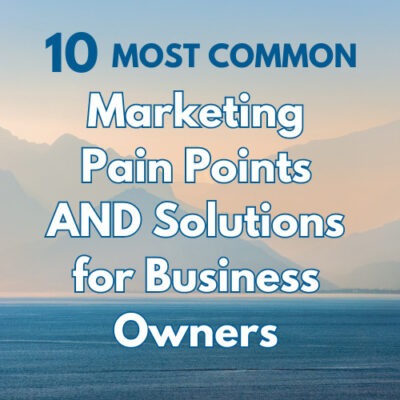Ahoy, mateys! In the vast ocean of commerce, your brand is your trusty ship. But before you hoist the sails and conquer the market, you need a seaworthy vessel. This blog post charts the course for building a full brand design and development that weathers any storm and reaches its treasure island of success.
1. Cast Your Anchor: Brand Identity
Before setting sail, drop anchor with a rock-solid brand identity. Define your mission (your compass), vision (your distant shore), and values (your guiding stars). What makes your brand tick? What does it strive for? What moral beacons light your path? These elements are the timbers of your ship, shaping everything from your visual figurehead to your communication cannons.

By carefully crafting your mission, vision, and values, you create a foundation for your brand identity. They act as a beacon, attracting customers who share your beliefs and motivating your team to strive for a common goal. Remember, these statements aren’t just marketing fluff; they’re the driving force behind every action your brand takes.
Here are some tips for defining your mission, vision, and values:
Keep it simple and concise. Avoid jargon and complex language. Aim for words that are easy to understand and remember.
Be authentic and genuine. Don’t try to copy another brand’s values or imitate a trendy mission statement. Be true to your core beliefs and what makes your brand unique.
Involve your team. Get input from different stakeholders within your organization to ensure your mission, vision, and values are shared and understood by everyone.
Communicate with them effectively. Integrate your mission, vision, and values into your marketing materials, employee training, and company culture. Let them guide your decision-making and inspire your actions.

2. Raise the Jolly Roger: Brand Design
Now, let’s unfurl the sails of design! This is where your brand leaps from the abstract into the visual realm, becoming a vibrant tapestry that captures hearts and minds. It’s like designing a pirate ship – every element, from the Jolly Roger to the weathered sails, tells a story about your brand’s spirit and purpose.
Logo: Your brand’s visual anchor, instantly recognizable and brimming with personality. Think of it as a captivating figurehead, attracting curious gazes and whispering promises of adventure.
Color palette: The hues that paint your brand’s emotional landscape. Bold reds ignite passion, calming blues evoke trust, and earthy greens whisper of sustainability. Choose colors that resonate with your values and evoke the desired emotions in your audience.
Typography: The voice of your brand, whispering secrets or shouting proclamations. Elegant fonts convey sophistication, playful scripts hint at fun, and bold block letters demand attention. Choose fonts that reflect your brand personality and enhance readability.
Imagery: Visual storytelling at its finest. Photos, illustrations, and icons can evoke emotions, showcase your products, and connect with your audience on a deeper level. Choose imagery that aligns with your brand identity and resonates with your target audience.
Tips for creating a cohesive design:
Consistency: Use your chosen elements across all platforms—websites, social media, and marketing materials—to create a unified brand experience. Think of it like meticulously maintaining your ship’s paint job, ensuring a polished and recognizable presence wherever you sail.
Simplicity: Avoid cluttering your design with too many elements. Simplicity and clarity are your weapons of choice, ensuring your message cuts through the noise and reaches its destination.
Memorable: Create brand design elements that spark curiosity and stay etched in the minds of your audience. A unique illustration, a playful tagline, or an unexpected color combination can be the treasure that draws them back for more.
Brand design is not just aesthetics; it’s strategic storytelling. It’s about using visual elements to communicate your brand values, connect with your target audience, and create a lasting impression. Remember, your brand design is like a map. It should guide your customers on a journey, revealing your unique offerings and enticing them to join your crew.

3. Chart the Course: Brand Development
Brand development is your navigational map. It’s about plotting a course to conquer your target audience and claim your market share. This includes:
Scouting the Seas (Knowing Your Audience)
Understanding your target audience is like having a detailed map. Who are they? What are their needs and desires? Where do they spend their time? Knowing your audience allows you to plot a course that resonates with them and delivers value at every turn.
Hoisting a Unique Banner (Value Proposition)
Your unique value proposition is your flag, boldly declaring what sets you apart and why customers should choose you over the competition. It’s your siren song, luring them aboard with the promise of solutions to their problems or desires for a better life.
Finding your Safe Harbors (Marketing Channels)
Choosing the right marketing channels is like picking the best ports of call. Social media, email marketing, content marketing – each offers a unique opportunity to connect with your audience and spread your brand message. Choose the channels that align with your goals and where your target audience hangs out.
Brand Guidelines (Ship’s Rules)
Brand guidelines are like your ship’s rules of engagement. They dictate how to use your logo, colors, fonts, and messaging across all platforms. Consistency is your anchor chain, ensuring your brand looks and speaks the same wherever it sails, building trust and recognition.

4. Keeping the Wind in Your Sails: Measurement and Growth of Your Brand Design
Building a successful brand is a long voyage, not a quick turn around the harbor. Track your progress with key performance indicators (KPIs)—your trusty sextant. Check brand awareness (have you charted new waters?), website traffic (are the customers boarding?), engagement (are they singing your sea shanty?), and sales (are the coffers filling?). Adjust your sails based on the readings, always striving for smoother sailing.
Documenting Your Course (KPIs): These are your celestial beacons, guiding you towards your goals. They might include brand awareness, website traffic, customer engagement, conversion rates, and sales figures. Tracking these KPIs illuminates your brand’s trajectory and reveals which strategies are propelling you forward.
Calibrating the Compass (Analysis and Insights): Interpreting your data is where the magic happens. Look for patterns, identify trends, and uncover hidden gems within the numbers. By understanding what’s working and what’s not, you can adjust your sails and optimize your efforts for maximum impact.
Chase New Horizons (Growth Strategies): Armed with your insights, you can chart a course for sustainable growth. Experiment with new marketing channels, refine your content strategy, or even develop innovative products or services. Remember, growth requires constant evolution, so be bold and unafraid to explore uncharted waters.
Trim the Topsails (Adapt and Shift): The market is a dynamic beast, so be prepared to adjust your course along the way. Stay agile, listen to customer feedback, and embrace change as your compass needle shifts. Continuous iteration is the key to weathering any storm and maintaining forward momentum.

Remember: Building a brand is an ongoing adventure, not a one-time voyage. By focusing on these key steps, from finding your identity to charting your course, you can build a brand that conquers the market, claims its treasure, and leaves a lasting legacy.
Bonus Tip: Don’t go it alone! Hire a branding agency or marketing expert; they’re your seasoned mates, guiding you through treacherous waters and ensuring your ship’s success. Contact Pirate Marketing today to embark on your journey to better marketing!



